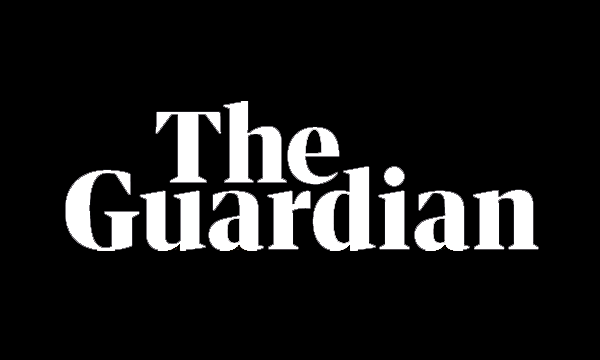Satellite images have revealed the extent of the damage caused by Israeli airstrikes this weekend on Iran's nuclear and missile bases.
The conflict between Iran and Israel escalated last week after Israel launched a surprise attack that has killed a host of Iran's most senior military commanders and nuclear scientists.
Iran said its assault on Iranian military bases, uranium enrichment sites and ballistic missile programme was necessary to prevent its longtime adversary from getting any closer to building an atomic weapon. The Israeli strikes have killed at least 224 people in Iran since Friday.
Iran has retaliated by launching more than 370 missiles and hundreds of drones at Israel, which has so far killed 24 people and wounded hundreds. Tehran denies seeking nuclear weapons and has pointed to its right to nuclear technology for peaceful purposes, including enrichment, as a party to the Nuclear Non-Proliferation Treaty.
As the missiles flew from both sides, US defence secretary Pete Hegseth told Fox News that president Donald Trump was still aiming for a nuclear deal with Iran.
Israel on Monday targeted Iran's uranium enrichment facilities near Natanz city in central Iran. The satellite images shared by Maxar showed several buildings damaged on the north-west side of the facility.
Rafael Grossi, head of the International Atomic Energy Agency(IAEA), told the BBC that the Natanz plant sustained extensive damage, likely destroying 15,000 centrifuges, while Iran's Fordow plant remained largely intact.
The nuclear facility in Isfahan, some 350km southeast of Tehran, suffered limited damage to its buildings in the Israeli airstrikes. The IAEA said four buildings were damaged at a research site at Isfahan, which included the central chemical laboratory and a conversion plant.
Images shared by Planet Labs showed damage to the buildings in the southern part of the facility.
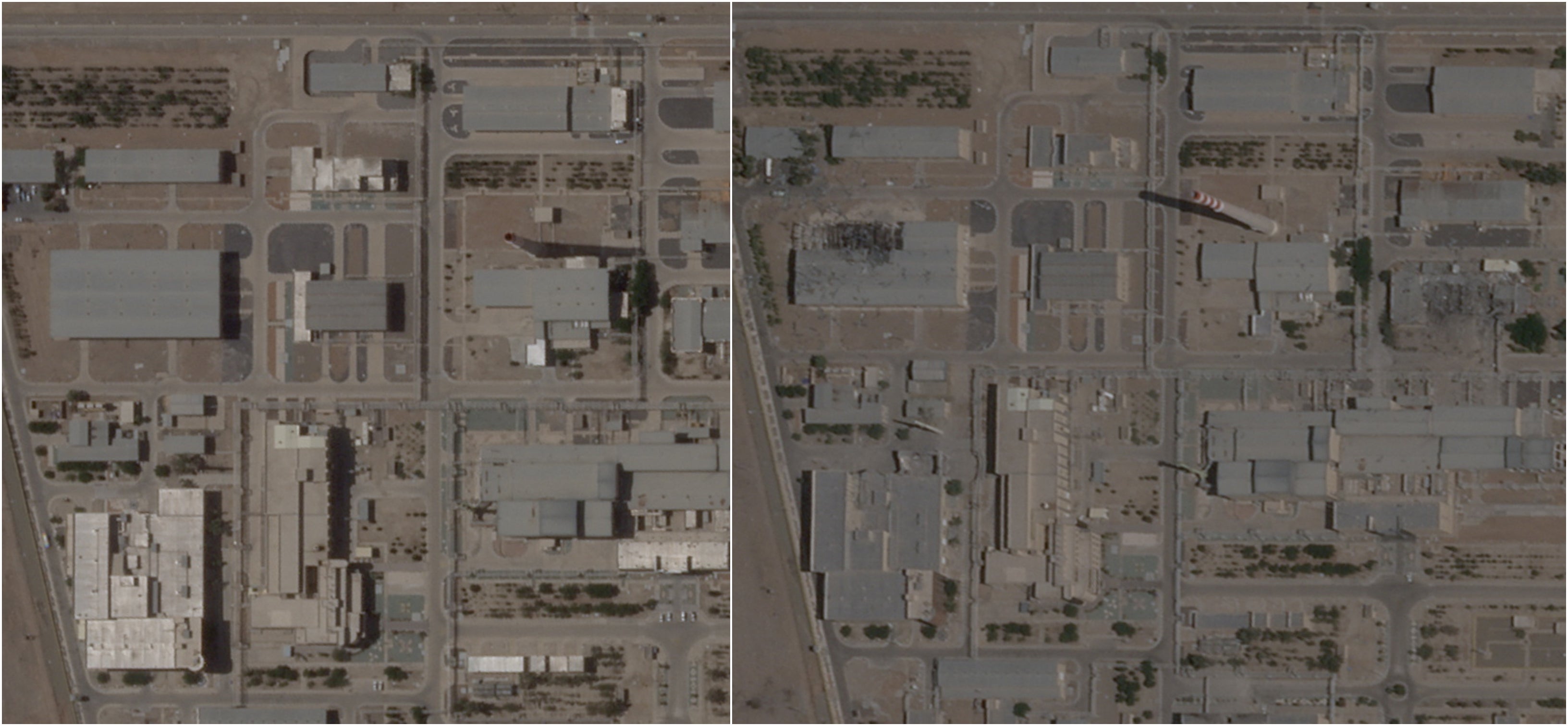
Satellite images showed extensive damage at the western part of a large suspected missile facility in Kermanshah in Iran's western province.
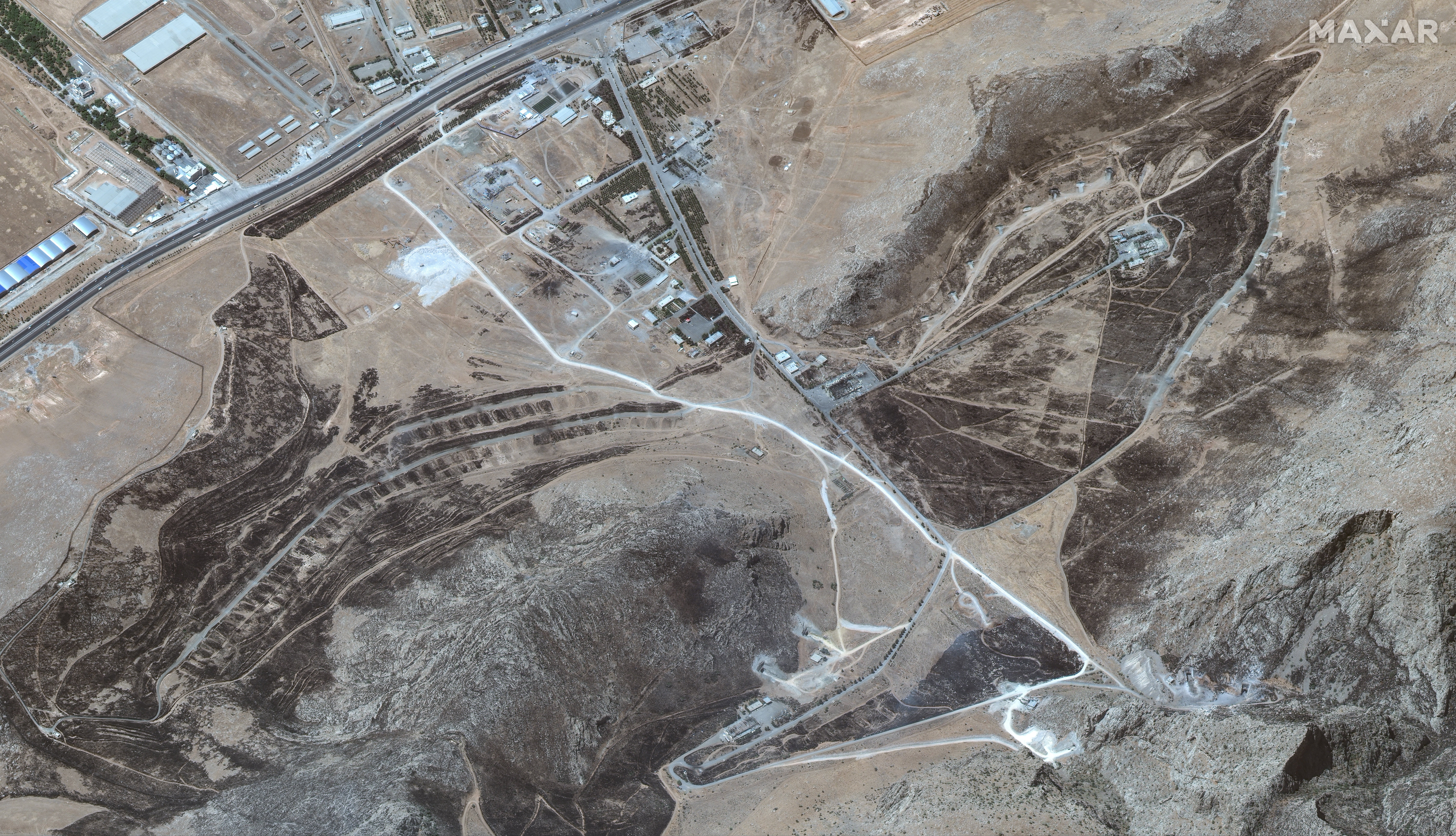
A missile base north of the Iranian city of Tabriz sustained heavy damage in Israel's missile strikes. Satellite images showed the strikes destroyed buildings, vehicles and burnt large swathes of vegetation.
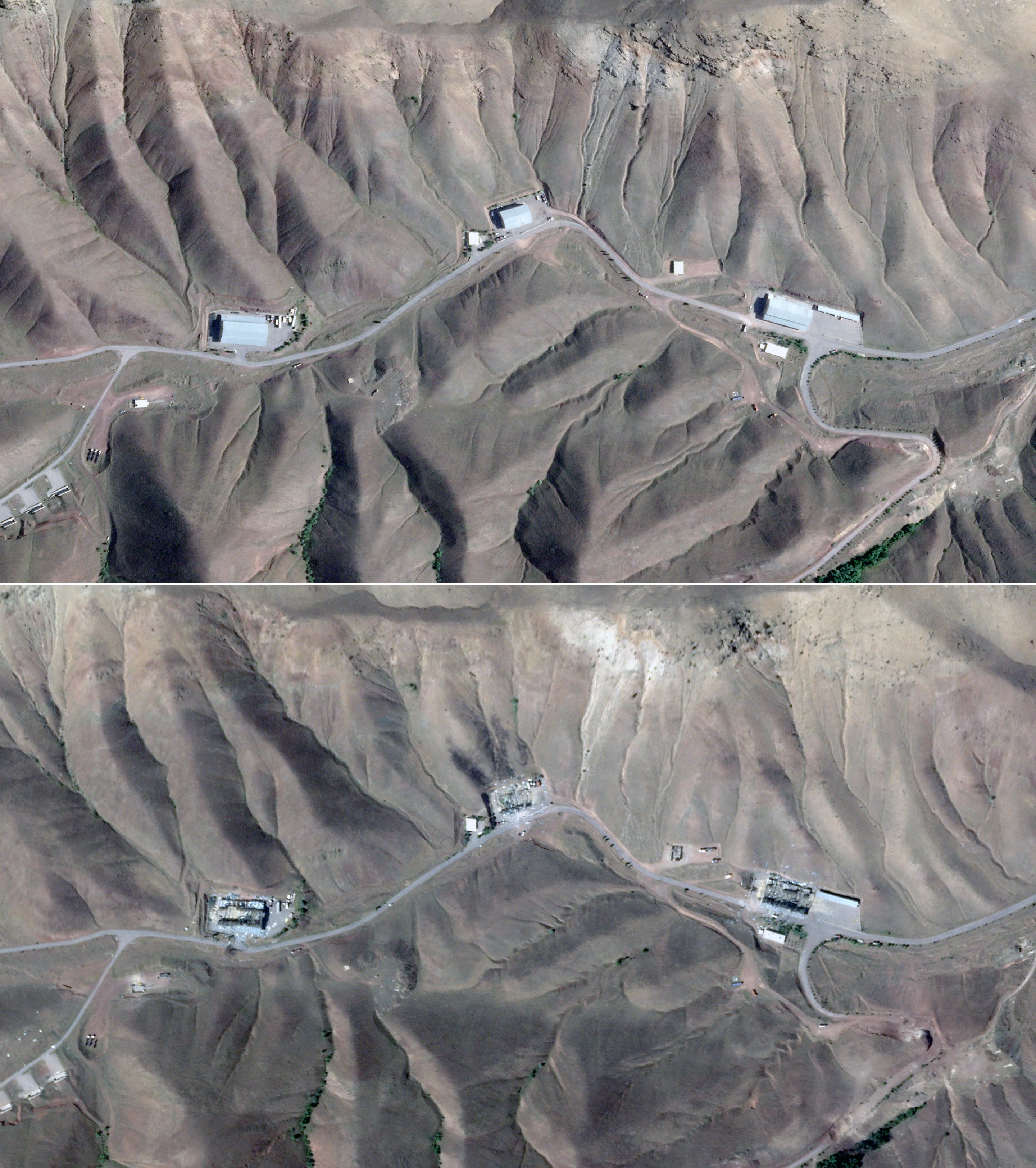
Local media reported explosions near the Tabriz Airport on Friday afternoon. The airport sustained damage on its north-west part near the runway.
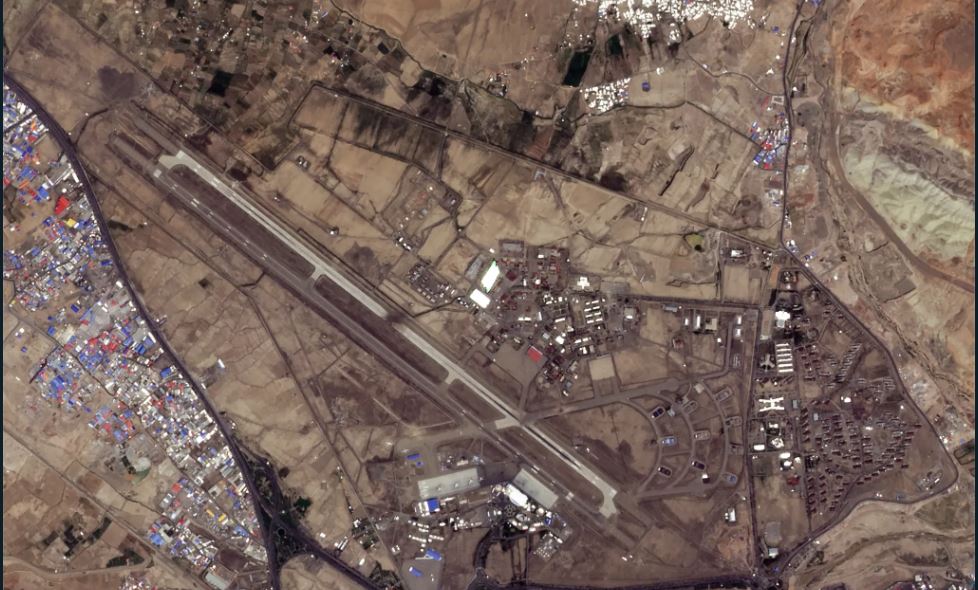
Meanwhile, Mr Trump on Tuesday said he wanted a "real end" to the nuclear row with Iran, indicating possible talks between senior American officials and Iranian ministers.
"You're going to find out over the next two days. You're going to find out. Nobody's slowed up so far," Mr Trump told reporters, according to CBS.
World leaders meeting at the Group of Seven summit in Canada called for a de-escalation of the worst-ever conflict between the two nations, saying Iran couldn't be allowed to develop a nuclear weapon.
Mr Trump, who left the summit early due to the Middle East situation, said his departure had "nothing to do with" working on a deal between Israel and Iran after French president Emmanuel Macron said the US had initiated a ceasefire proposal.
Iran's Revolutionary Guards said on Tuesday that a "more powerful" new wave of missiles was recently launched towards Israel, the state news agency reported. Israel's military said it had killed Iran's wartime chief of staff.
Starmer resists recognising Palestinian state as unions’ demand deepens Labour split
Stock market news live: FTSE 100 falls but oil shares rise after UK-US trade deal
What nuclear capabilities does Iran have and where are its key sites?
Work to get US steel tariffs removed to go on in coming ‘days, weeks and months’
Iran-Israel latest: Trump claims he is working on something ‘bigger than a ceasefire’





